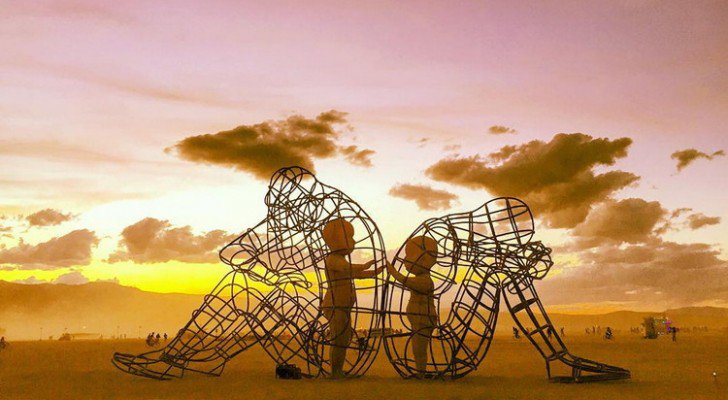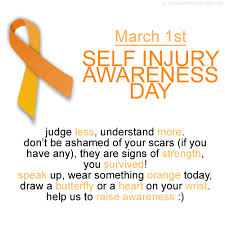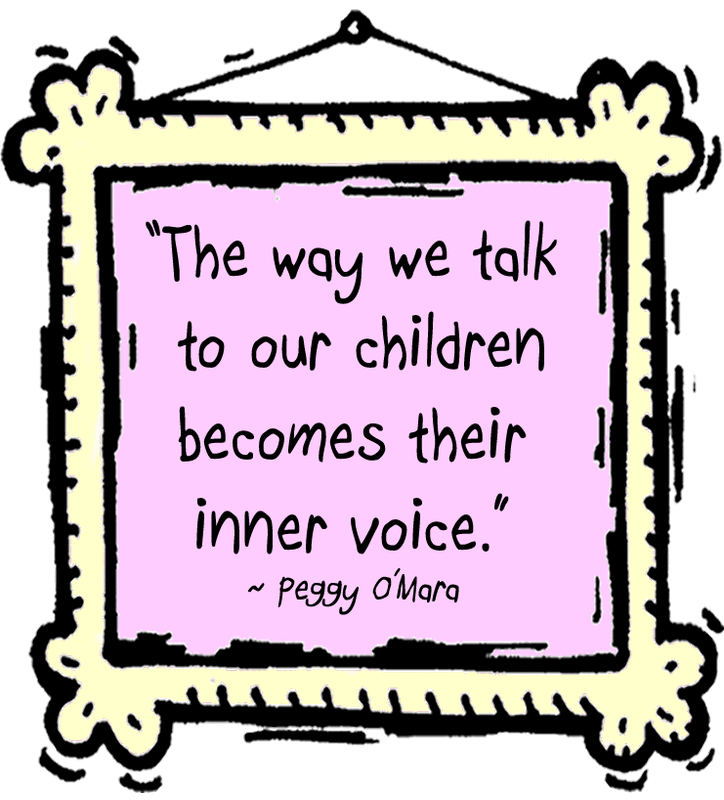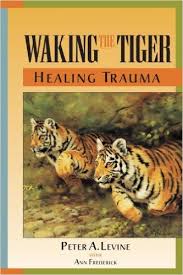The sculpture reveals to people that despite our outer differences deep down we all yearn for the same thing "love".
The sculpture is a beautiful expression of love and truth. The forgiving, open, loving and free spirit of children is our true nature. Inner child work may be challenging at times, but the positive impact and rewards are tremendous.





 RSS Feed
RSS Feed